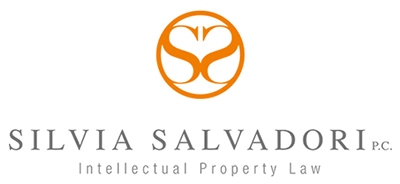The United States Patent and Trademark Office (USPTO) recently proposed a new fee structure for fiscal year 2025, which includes significant increases in various patent fees.
One proposed change regards the introduction of new fees for continuation applications. If an applicant files a continuation application more than five years after the earliest claimed priority or benefit date, they will be subject to a surcharge $2,200 fee. This fee increases to $3,500 if the continuation application is filed more than eight years after the earliest benefit date. The USPTO does justify their approach on funding reasons — noting that continuations have a shorter patent-term and so the USPTO is unlikely to recoup the maintenance fee on the back end
Another change is the substantial increase in fees for Request for Continued Examination (RCE) filings. The USPTO proposes a 25-80% increase for second and third RCEs. At the same time, the USPTO has proposed a new fee of $500 for participating in the After Final Consideration Pilot Program 2.0 (AFCP 2.0). This program allows applicants to file a response after a final rejection, along with a request for consideration under the pilot program.
The proposed fee structure also includes a 100% increase in fees for claims in excess of 20 and a fee increase for filing a Terminal Disclaimer after a final action or a notice of allowance moves that cost up to $800.
Additional fees:
- Information Disclosure Statement (IDS) fees: The USPTO has proposed a new tiered fee structure for IDSs based on the number of references cited. This change aims to recover the costs associated with reviewing large IDSs and encourage applicants to file only the relevant documents. The fee structure is $200 for >50 references; $500 for >100 references and $800 for >200 references. I’m sure we’ll be seeing an increase AI tools facilitate the pairing down of submissions to those that appear to have relevance without being cumulative.
- PTAB trial fees: The USPTO has proposed increasing fees for inter partes review (IPR) and post-grant review (PGR) proceedings by 25%. These increases are account for the costs of conducting these proceedings.
- Small and Micro entity status: Almost all of the fees include discounts for applications associated with small and micro entity status.
The proposed fee changes are expected to take effect in fiscal year 2025, which begins on October 1, 2024. However, the exact implementation date may vary depending on the feedback received during the public comment period and the time required for the USPTO to review and address the comments.
Written comments must be received on or before June 3, 2024, to ensure consideration. Comments must be submitted through the Federal eRulemaking Portal at https://www.regulations.gov/docket/PTO-P-2022-0033.


